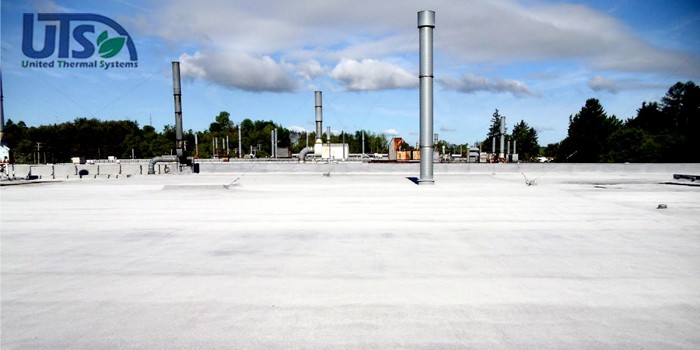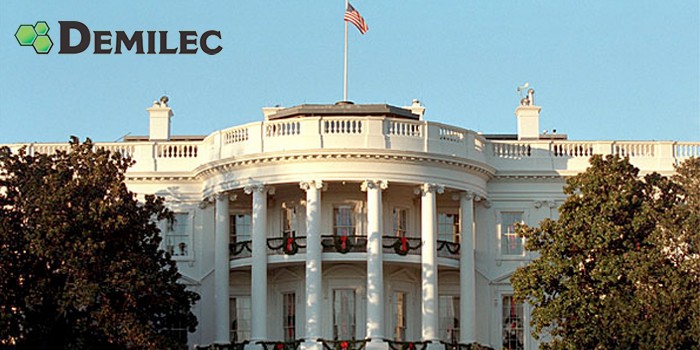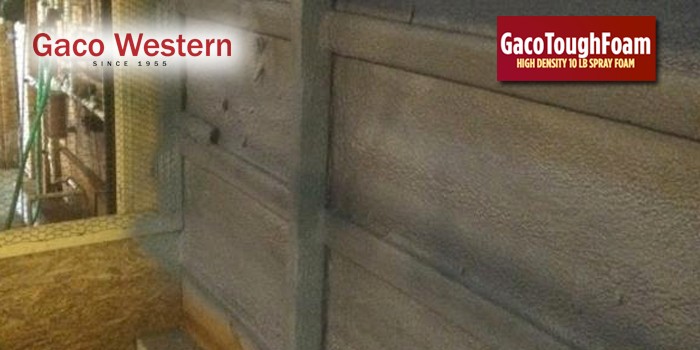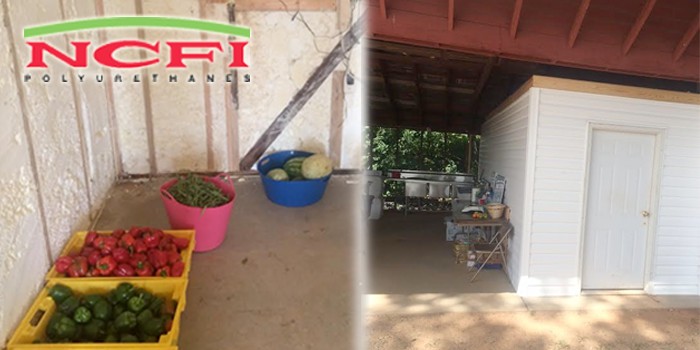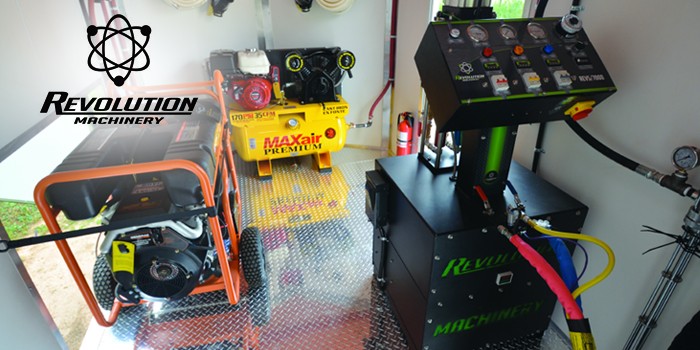Closed-Cell SPF Enables Resort's Pools and Hot Tubs to Maintain Ideal Temperatures
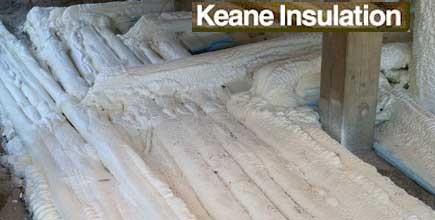
DUCK, NC – August 5, 2013 – "How do we keep our pools and spa open all year?"
That is the question the owners of the North Carolina-based Sanderling Resort asked themselves as they prepared for a major renovation of their vacation getaway haven. Since it gets pretty nippy in North Carolina's Outer Banks during the winter, taking a dip in a swimming pool isn't enjoyable, but if that water is somehow kept consistently at a warm temperature, then it's a party. The owners understood that in order to maintain such desired conditions, their water pipes needed to be well-insulated to maintain the temperature of the water going through them. The owners opted for a solution that was both cost-effective and energy-efficient: spray polyurethane foam insulation.
The Sanderling owners went through a few SPF contractors who were apprehensive to sign on for the project because they worried about liability for overspray damage on the resort's luxurious structures, which the pipes were close to. They finally brought in Keane Insulation for the project. Neil Keane, who not only owns Keane Insulation but is also their spray applicator, was not fazed with the risks the job entailed. The project consisted of applying SPF on the newly installed PVC pipes, which ran 120 ft. long and connected the pump house to the pools and hot tubs of the resort. Additionally, the walls of the pump house were also insulated with SPF.

"The desired effect was to maintain the warm temperature of the water coming from the pump house heaters through the pipes and into the pool and hot tubs," said Keane. "Without insulation on the pipes, the water's temperature would significantly decrease when it's traveling for 120 feet from end to end."
Greenville Pool & Supply, the company in charge of constructing the pools and hot tubs at the time Keane was contracted, assisted Keane in the prep work of the application. Before Keane arrived on site, the Greenville crew excavated trenches at 18 inches below the grade to expose the pipes. At that point, the pipes were filled with water to test for leaks, which made the pipes condensate. The Greenville crew then used a propane heater torch to dry the pipes and get the moisture off. Then, the crew laid two-inch Dow Styrofoam extruded foam board on the ground underneath the pipes. The Greenville crew also added safety wire around the foam board and the pipes, so that the pipes wouldn't push apart during the application. Keane noted that this way the most effective way to be able to apply SPF under the pipes.
Not only did the Greenville crew prep the pipes for Keane, but they also provided two members of their crew to follow Keane with four by eight foam panel sheets that served as spray screens to prevent overspray; they boxed Keane in while he applied the SPF. At the pump house, there were vertical pipes extending from the floor decking to the ground that Keane sprayed while he was enclosed with plastic that was stapled around that particular area. Keane wore a jumpsuit and utilized a fresh air respirator for the duration of the project. He pointed out that he was confident with his methods to avoid overspray, whereas SPF contractors that were initially contacted had been leery about.
"It's all about understanding the dynamics of the environment that you're spraying in," said Keane. "A lot of people out there are not aware of the responsibility you assume once you hit that spray trigger."

Using a Graco Fusion ClearShot spray gun, Keane applied two inches of Foamsulate 210, a 2 lb. closed-cell spray polyurethane foam made by Premium Spray Products, around the pipes, which created an airtight blanket of insulation. For the pump house, Keane installed one inch of Foamsulate in the stud wall assemblies. He went through two sets of foam throughout the project.
Keane's rig was equipped with a Graco Reactor H-25 proportioner. He noted that one of the biggest challenges of partaking in such an extensive renovation was working around other crews on site. Keane made it a point to arrive at the site late in the afternoon when most other construction crews were gone for the day so that he could work at his own pace. He admitted that the sand and dirt throughout the job site prompted him to tow his rig on a backhoe to get to where the pipes were.
It took four days for Keane to complete the project. Shortly after the SPF application, a test run was done to check the water temperature from the pump house to the pools and hot tubs. The results revealed that the water temperature was 108ºF when it left the heater and it was the exact same temperature when it got to the pools and hot tubs.
In addition to consistent heating, Keane was informed that only 66 percent of the heating capacity of the heaters in the pump house is being utilized, which suggests that not only did the Sanderling Resort owners get to have their guests enjoy the pools and hot tubs year-round, but they can also heat them without using too much energy.
About Keane Insulation: Keane Insulation, based out of Grandy, North Carolina, specializes in residential, commercial, government and industrial insulation applications, and services North Carolina and Virginia. Keane Insulation's portfolio of work ranges from custom wine rooms and sport fishing boats, to encapsulated crawl spaces and 15,000 sq. ft. homes, to the first LEED Platinum Building in Virginia. For more information about Keane Insulation, please use the contact details and links provided below.
Disqus website name not provided.




